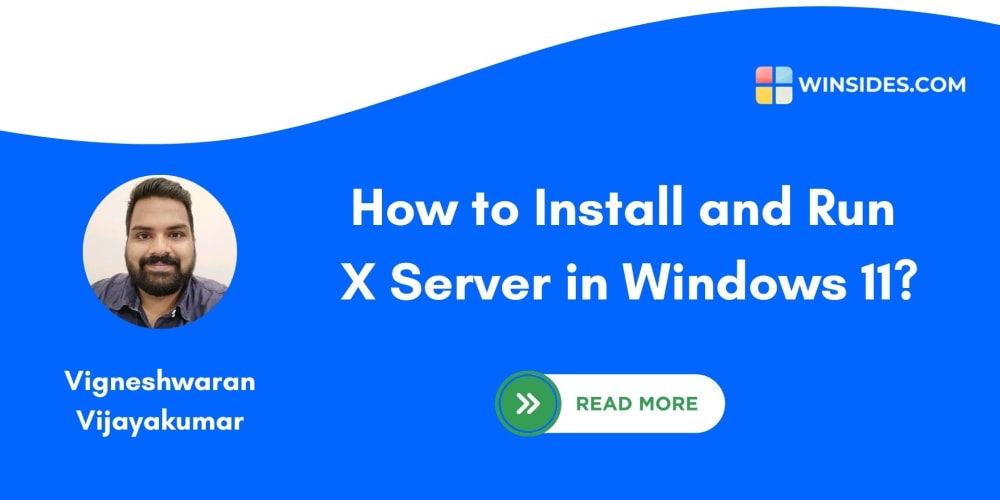Since its initial release as Java Development Kit 1.0 (JDK 1.0) in 1996, the name Java has become synonymous with a thriving ecosystem that provides the components and the tools necessary for developing systems for today’s multicore world. Its diverse community, comprising a multitude of volunteers, organizations, and corporations, continues to fuel its evolution and grow with its success. Many free and open source technologies now exist that are well proven, mature, and supported, making their adoption less daunting. These tools and frameworks provide support for all phases of the software development lifecycle and beyond.
There are different Java platforms, each targeting different application domains:
•Java SE (Standard Edition): designed for developing desktop and server environments
•Java EE, also known as Jakarta EE (Enterprise Edition): designed for developing enterprise applications
•Java ME (Micro Edition): designed for embedded systems, such as mobile devices and set-top boxes
•Java Card: designed for tiny memory footprint devices, such as smart cards
• More information is at https://www.acedexam.com/1z0-829-java-se-17-developer/
Each platform provides a hardware/operating system–specific JVM and an API (application programming interface) to develop applications for that platform. The Java SE platform provides the core functionality of the language. The Java EE platform is a superset of the Java SE platform and, as the most extensive of the three platforms, targets enterprise application development. The Java ME platform is a subset of the Java SE platform, having a small footprint, and is suitable for developing mobile and embedded applications. The Java Card platform allows development of embedded applications that have a very tiny memory footprint, targeting devices like smart cards. The upshot of this classification is that a Java program developed for one Java platform will not necessarily run under the JVM of another Java platform. The JVM must be compatible with the Java platform that was used to develop the application.
The API and the tools for developing and running Java applications are bundled together as the JDK. Starting with Java 11, JRE (Java Runtime Environment) is no longer available as a stand-alone bundle providing runtime support for execution of Java programs, but it continues to be a subset of the now modular JDK. As before, one needs to install the JDK to both develop and run Java programs. However, to deploy Java programs, the JDK tool jlink can be used to create a runtime image that includes the program code and the necessary runtime support to run the program—a topic that we will get to when we discuss modules.
We highly recommend installing the JDK for Java SE 17 depending on the hardware and operating system. Although newer versions of Java are released periodically, Java SE 17 is readily available as an LTS (long-term support) release, and is the subject of this book.
As of Java SE 17, Oracle is making the Oracle JDK available for free under the Oracle No-Fee Terms and Conditions (NFTC) license. Although subject to the conditions, it permits free use for all users.


















